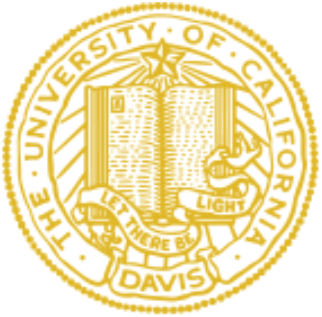The Gender Gap in Academic Patenting
The gender gap in academia has long been the focus of public discourse regarding the role of universities in promoting social values. In this study, we consider women’s participation in transferring knowledge from the academy to industry. A prominent model for such transfer is reflected in patent registration for inventions developed through scholarly research. And while academic patenting is a significant component of the professional activities of many faculty members, the extent to which women’s scientific discoveries are patented and commercialized has received relatively little attention.
The U.S. academy is a leader in science and a pioneer of technology transfer. This study analyzes the extent to which inventions by academic women are protected by university patents. Through analysis of inventors’ names, we ascertain the expected gender of inventors listed on applications filed by U.S. academic institutions. From this data, we report the extent to which a gender gap exists in patent application, grant rates, fields of research, and forward citations.
Our study yielded several key findings. First, we found a significant increase in the number of patent applications originating from universities from 2000 to 2015. We identified a similar increase in applications by inventor teams made up of only women, though these applications were granted at a lower rate and were cited less frequently than patents obtained by teams including men. We found differences in team composition, with women being much more likely to work alone than men. We also noted an interesting disparity in subject matter, with drugs and chemistry (especially molecular biology) dominating the technological fields of university applications. The Article concludes that while women increasingly participate in academic patenting, a significant gender gap persists. Our findings may serve as a springboard for further research on the reasons for the failure to achieve gender equality, as women’s representation in the academy continues to increase.
